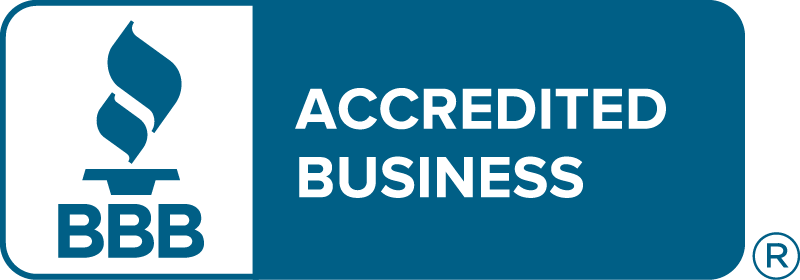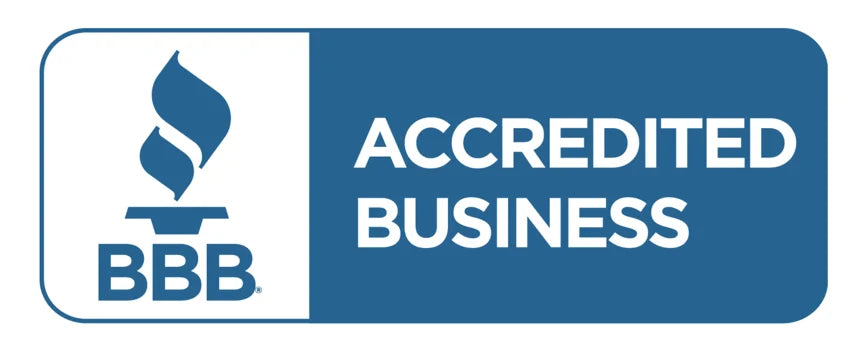Using new Phonak hearing aids can be a transformative experience, but it rarely is overnight. While the Phonak provides advanced techniques designed to mimic natural hearing, adjusting the Phonak hearing aids is a process that includes both time and patience. For first-time users or those who switch from older models, changes may be heavy. But like learning any new skills or equipment, adaptation takes firmness. And this is fine, where patience becomes your most powerful ally.
The First Days Are Not Always Perfect
When users start wearing Phonak hearing aids, the initial enthusiasm of clear hearing often dissolves with moments of discomfort. It seems that at first it seems unconscious, such as rustling leaves, distant traffic, or even your footsteps, suddenly may feel sharp or unfamiliar. For some, the sounds can first make metal or echo. The brain, which has adjusted for hearing loss over time, now needs to learn how to process a wide range of sounds. This re-reproduction for soundscape does not feel "natural" at once, and where the new Phonak hearing aids are being used, it requires realistic expectations.
Why Your Brain Needs Time to Catch Up
One of the lesser-known facts about hearing aid adjustment is that the ear is only part of the equation. Your brain plays an important role in interpreting the sounds amplified by your device. When you go away for months or years with low hearing, your brain adapts by filtering some noise. Once your hearing is restored through phonecast technology, the brain suddenly floods with such information, it is used for processing - bird chirping, paper crinkling, microwave beeps, or distant interactions.
Just as a person needs time to rebuild muscle, rebuilding when a person returns to exercise, your hearing cortex also requires time to resume itself. The characteristics of the Phonak hearing aids, such as noise cancellation, speech growth, and directional microphones, are powerful, but the full advantage becomes clear only after continuous use for several weeks.
How Gradual Exposure Helps
Instead of wearing their new hearing devices throughout the day on day 1, experts gradually recommend increasing the time to wear each day. This helps prevent sensitive overload. Start in cool settings, then infection into a more dynamic environment such as cafes or outdoor walks. During this phase, the Phonak hearing aids become easy to accommodate when you consider it consciously consider what has improved and what is still unnatural. Keeping a journal of daily experiences can help your audiologist adjust customized settings that suit your lifestyle better.

Remember, it is not only about the volume. It is about clarity, balance, and brain adaptation. You are again training your hearing system to work in the sink again, and it does not happen in a day.
Managing Expectations for First-Time Users
It is normal to expect your new hearing devices to "fix" everything immediately. Ultimately, the Phonak hearing aids are one of the most reliable names in the phone, known for innovations such as Autoses OS, Bluetooth connectivity, and rechargeable options. But these technologies still trust your brain as to what it hears. Many users feel only during the first week because they were not ready for the adjustment period.
This emotional aspect is important. Disappointment, irritability, and even fatigue are common during the initial phase.
But it is not an indication that your Phonak hearing aids are not working; this is only your hearing system that is passing through Punarcian. And the more patient you are with this journey, the smoother the results will be for a long time.
Involving Family in the Process
Family or careful involvement can reduce the adjustment phase significantly. They can offer encouragement, help track daily progress, and even join during follow-up appointments with your audiologist. When the loved ones speak, maintaining eye contact, and provide emotional help, it reduces the stress of adapting to new sounds.
Also, remember that social regeneration takes time. Following the limited hearing period, jumping into faster book conversations may feel heavy. Be patient in social settings - you are not failing; You are reorganizing.
The Role of Audiologist Support
Your audiologist plays an important role in this infection. By programming your Phonak hearing aids up to fine-tuning settings after initial use, their support ensures that you are not navigating it alone. The following journey is not only about troubleshooting; They are milestones where you assess improvement, express concerns, and understand the characteristics of your device more deeply.
Some models also allow remote fine-tuning through Phonak hearing apps, and other areas where users expect quick fixes, if they may feel impatient. Trust the process and communicate openly with your provider.
Long-Term Gains That Are Worth the Wait
Once the adjustment period passes, most users report a significant improvement in the quality of life. Clear interaction, requirement of recurrence less, better awareness about the environment - these are silent victories that feel meaningful in the early days of patience.
The technology of Phonak hearing aids is also designed for long-term adaptability, which means that your device "learns" from your use pattern. This ensures even better performance in future hearing conditions. But all of this is made on one condition: frequent use in association with patient optimization.
Understanding Emotional Overload
The return of full-spectrum sound can also bring unexpected feelings. Many people become tears when they listen to the voice of a loved one in the years for the first time. Some people are surprised by how a refrigerator hums. Others require time to accommodate their voice differently. These are emotional adjustments, not technical defects. Allow yourself to process these moments with grace.

Tips That Work Best When You’re Patient
Simple habits such as daily cleaning, moisture security, charging routine, or my Phonak can enrich your experience - but they only get their full value when they are combined with the use of the patient. It is easy to leave a maintenance step or to discourage when things look great. When patience pays the most. Stay with the routine, keep the communication open, and believe that your hearing experience will slowly become stable.
Conclusion
If you are only starting your journey with Phonak hearing aids, the best advice that anyone can offer is simple: be patient. Give yourself time to adjust. Celebrate a small victory, such as a clear conversation or a new heard sound that you remember for years.
With time, support, and consistency, the devices will feel like a seamless part of your life. At BUY HEARING AID, we understand that this journey is both personal and technical. Our experts are always here to guide you, not just to better devices, but to a better hearing experience that lasts.
FAQ Section
How long does it take to adjust to new Phonak hearing aids?
Most users take between 2 to 4 weeks to fully adjust, though this can vary depending on previous hearing aid experience and hearing loss severity.
Why does my voice sound different with my Phonak hearing aids?
When you begin using hearing aids, your brain starts picking up frequencies it hasn't processed in a while, including the sound of your voice, which can initially feel unfamiliar.
Can I speed up the adjustment process with Phonak hearing aids?
The best approach is consistent use and gradual exposure to different environments. There’s no true shortcut; patience ensures natural brain adaptation.
Is it normal to feel overwhelmed when using hearing aids for the first time?
Yes, especially during the first week. Emotional fatigue, frustration, and sensitivity to sounds are common but temporary side effects of auditory reintroduction.










